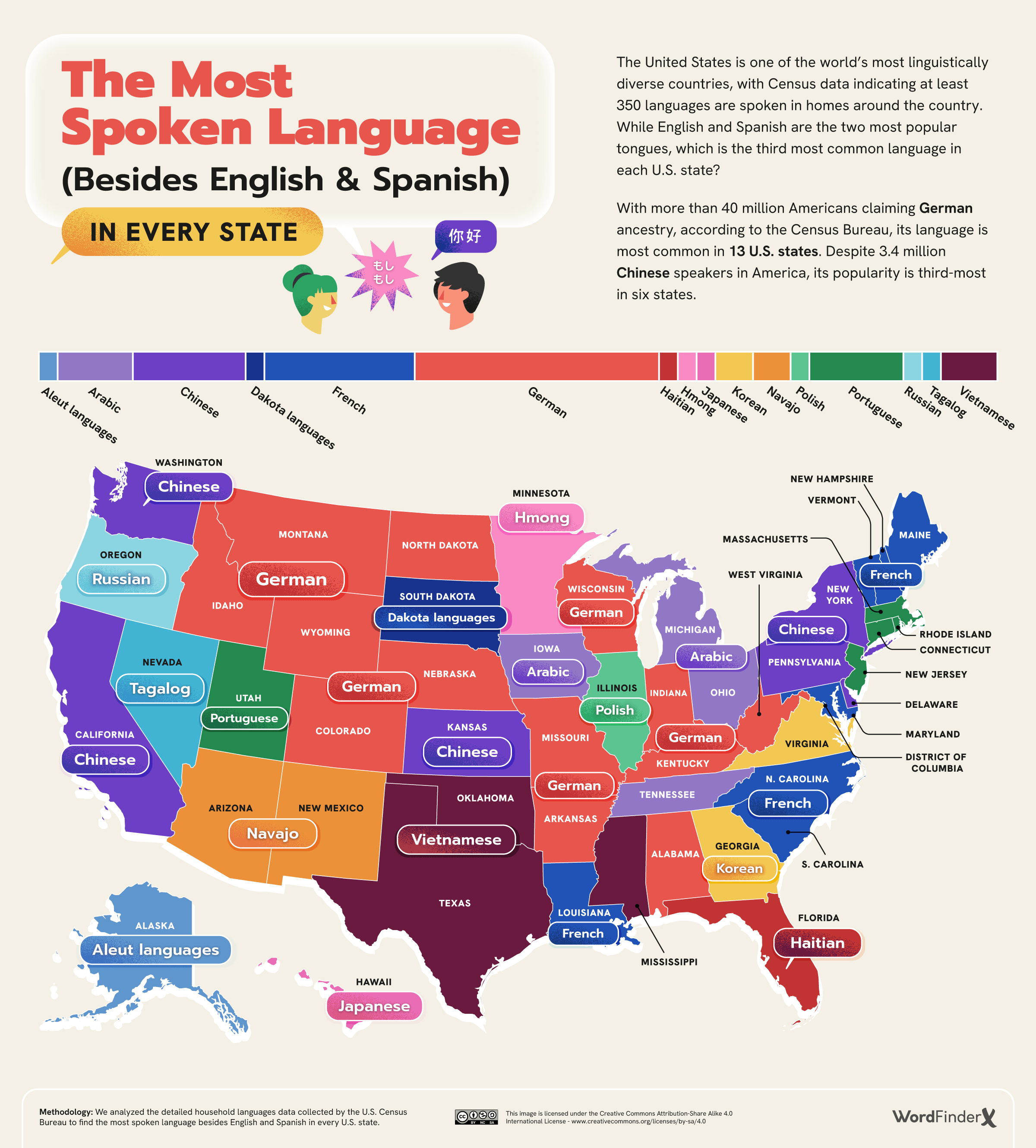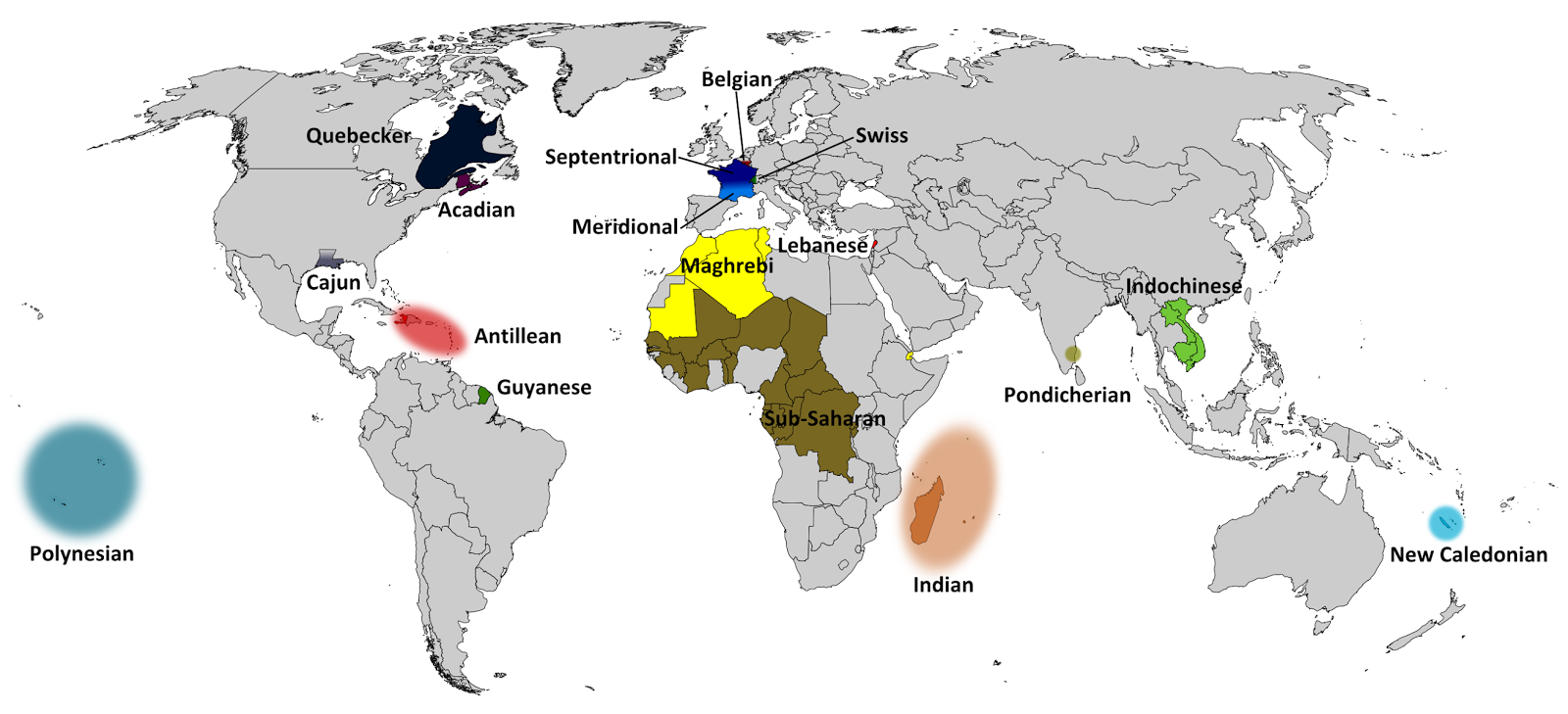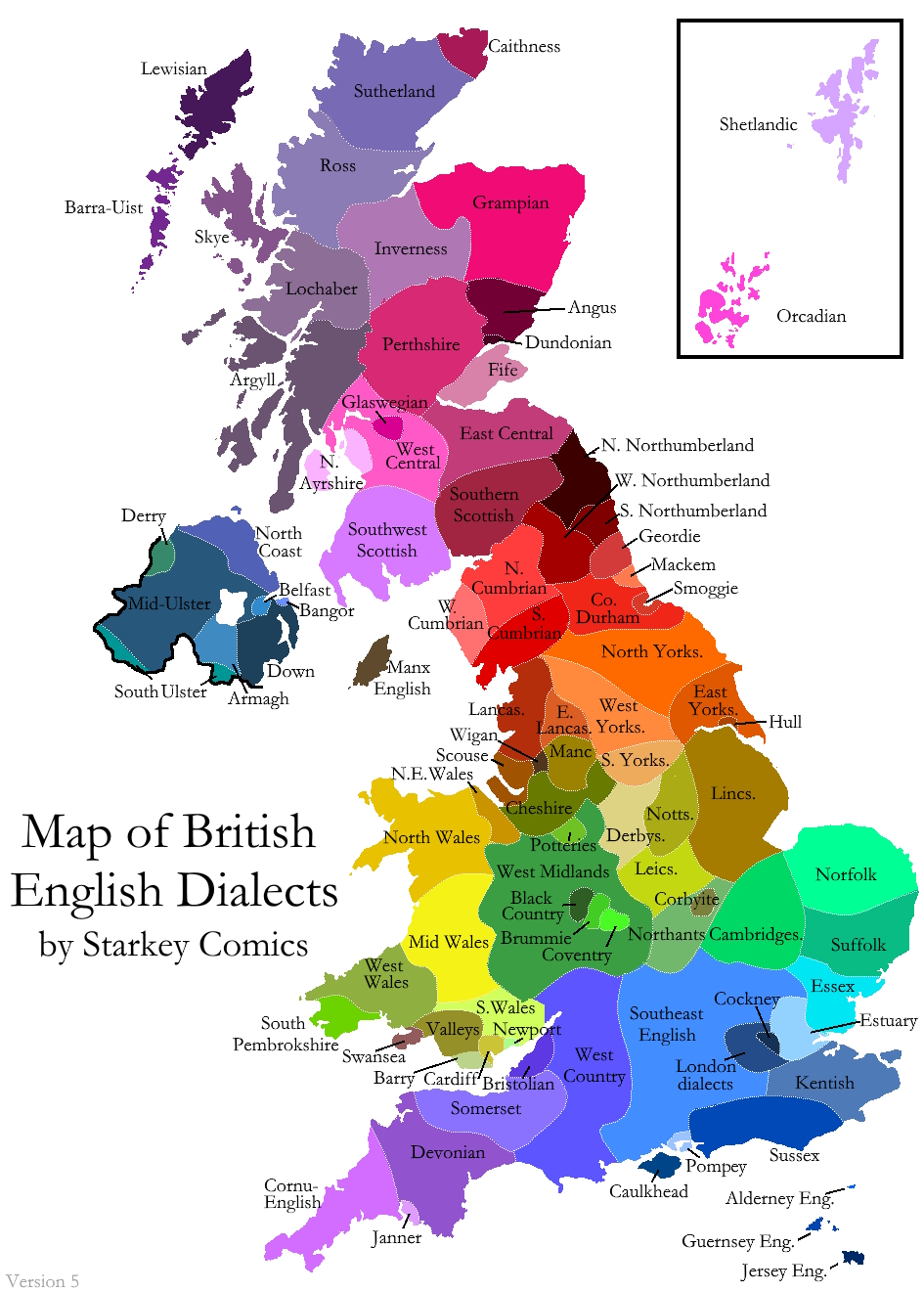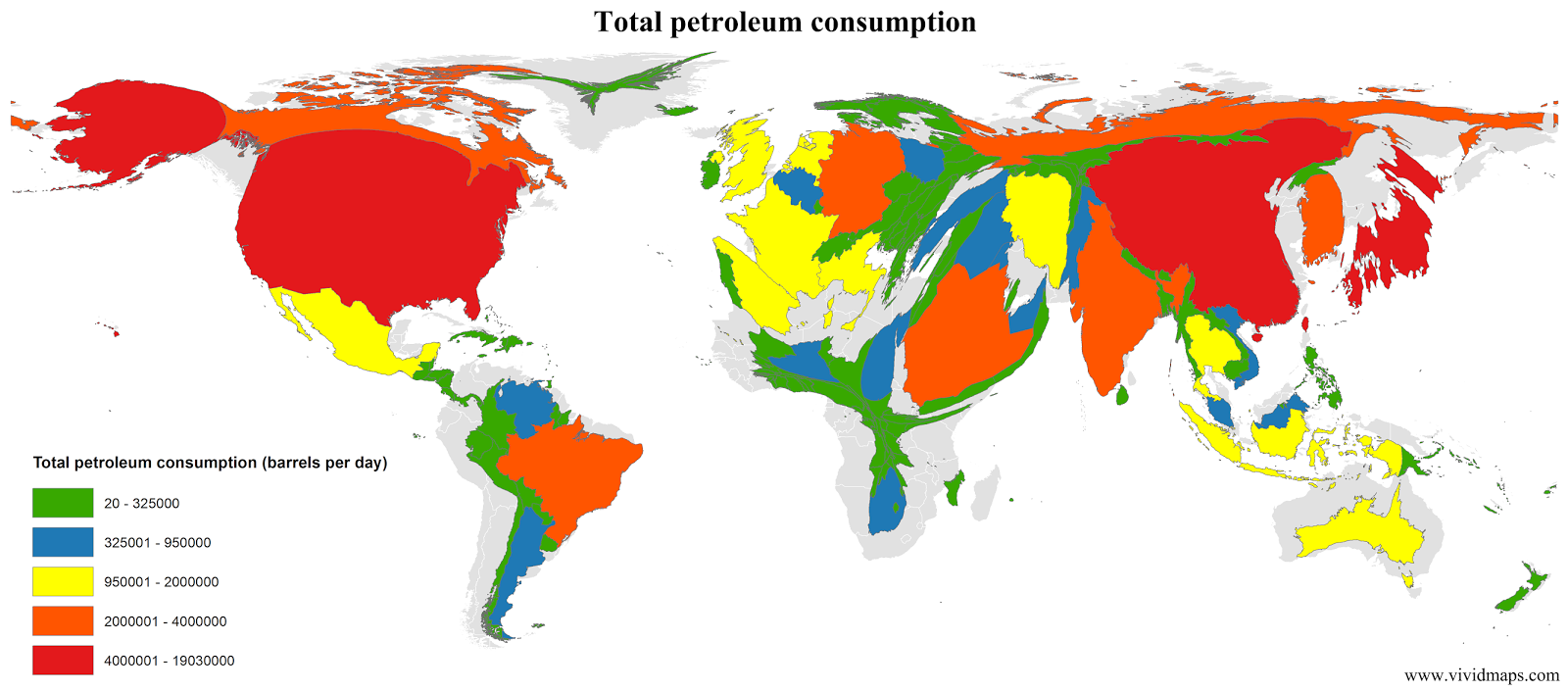A map of the indigenous languages of Australia
During the late 18th century of colonisation, Australia had over 700 Indigenous languages and dialects spoken.
The map of Australia below, created by abc.net.au provides an overview of the location of many of these languages.

Presently, only around 150 of these languages are in use, but only 15-18 are being acquired as first languages by children. The influence of English has brought forth new variations, including creoles and Aboriginal Englishes. Approximately 3% of Australia’s modern population is indigenous (some 670,000 people). Almost 25% of this group resides in remote regions adjacent to the ancestral lands they’ve inherited.
The indigenous languages of Australia are incredibly diverse, and they do not share a common linguistic origin. Instead, they belong to different language families, such as Pama-Nyungan, Yolŋu Matha, Nyulnyulan, Mirndi, and others.
The Pama-Nyungan language family is the largest and most widespread group of indigenous languages in Australia. It encompasses languages spoken across a vast portion of the continent, covering most of the central and southern regions.
Yolŋu Matha is a group of related languages spoken by the Yolŋu people in the Arnhem Land region of the Northern Territory. It is a significant language group known for its complexity and cultural significance.
Efforts are being made to revitalize and preserve indigenous languages. There are programs and initiatives aimed at teaching these languages to younger generations, documenting them, and promoting their use in communities.
The Australian Government has supported the establishment of Language Hubs to centralize language resources and support language revitalization efforts.
You can learn more about the history of Australia from the following books:








